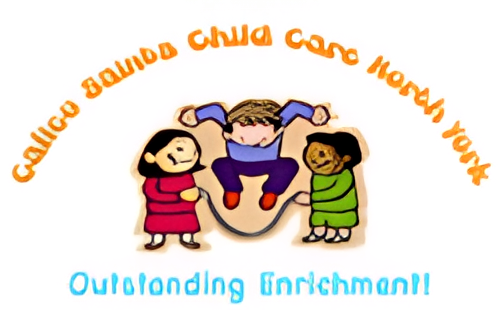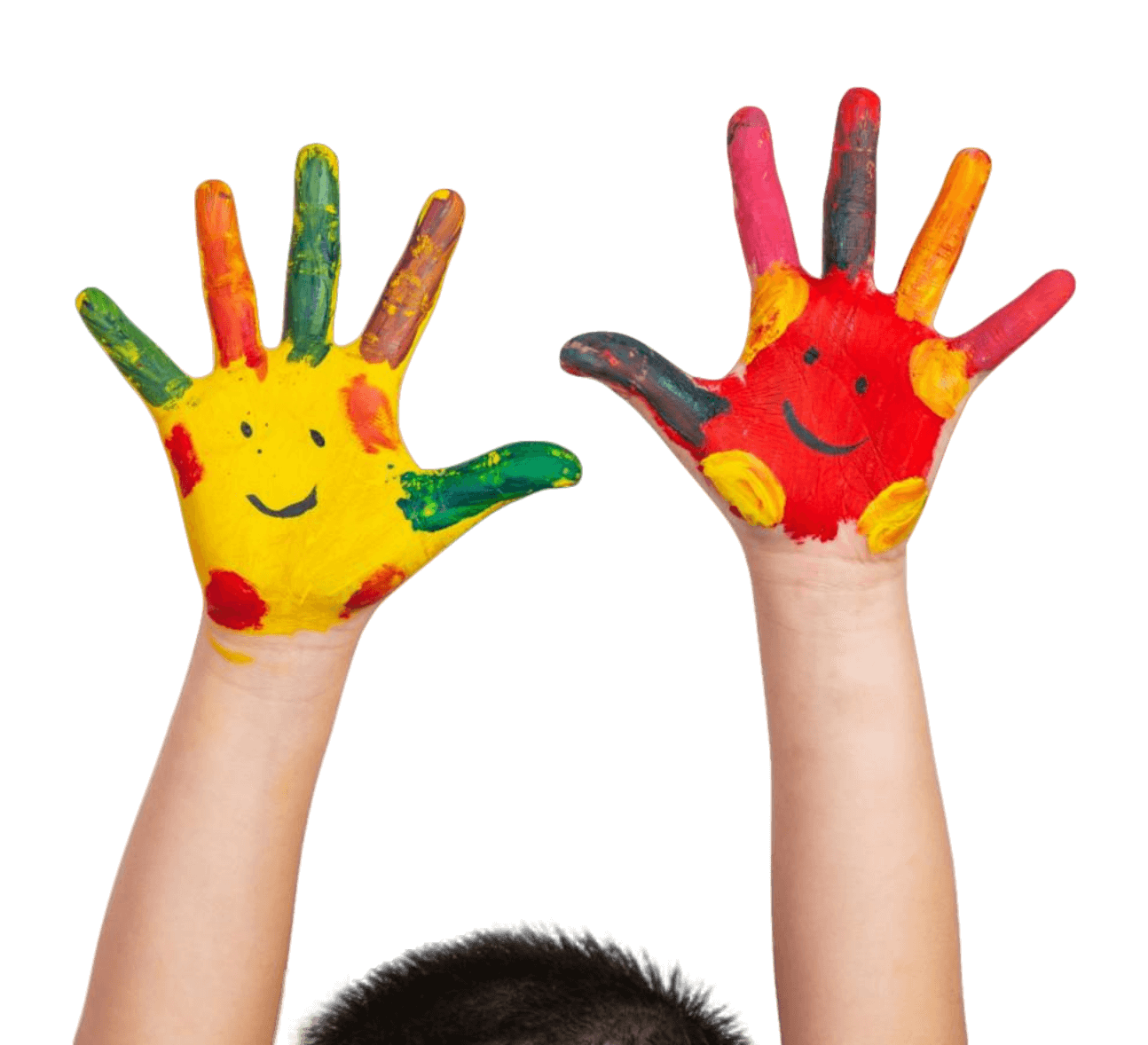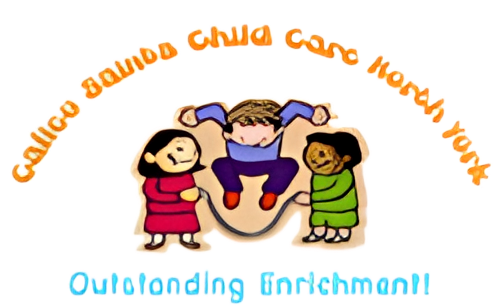Introduction to Balanced Learning in Early Education Centers
Balanced learning in early education centers is all about finding the right mix between structured lessons and free play. It’s not just about sticking kids in a classroom and throwing information at them. Nor is it about letting them run wild without any direction. Think of it as a recipe. Just like in cooking, you need the right balance of ingredients to make a great dish. In balanced learning, the ingredients are structured lessons, creative play, social interaction, and individual exploration. This approach helps kids learn how to think critically, solve problems, and get along with others. They start to love learning because they’re not just memorizing facts. They’re actively engaging with the world around them. Plus, it sets them up with skills they’ll use for life. So, balanced learning? It’s about giving kids the best of both worlds, so they grow into well-rounded individuals.
Understanding the Components of a Balanced Learning Approach
A balanced learning approach combines traditional teaching methods with modern, child-centered techniques. It aims to give kids a well-rounded education. Let’s break it down:
First, there’s structured learning. This part is about teaching kids the basics – think reading, writing, and math. It’s the kind of stuff teachers lead, with lessons and clear objectives.
Next, we have play-based learning. It might sound like all fun and games, but it’s serious learning in disguise. Through play, kids learn problem-solving, creativity, and social skills. They choose activities based on their interests, making learning feel more like exploration.
Then, there’s experiential learning – learning by doing. This could be going on a field trip, conducting a simple science experiment, or cooking a basic recipe. It helps kids connect what they learn in books to the real world.
This approach checks many boxes. It prepares kids for academic success and teaches them to be curious, confident learners. Plus, it supports their emotional and social development. In short, a balanced learning approach equips children with the tools they need for both school and life.
Why a Balanced Approach Benefits Cognitive Development
A balanced approach in early education does wonders for a child’s cognitive development. It’s like giving kids a diet that has all the right nutrients—they grow stronger and smarter. In this approach, kids get their hands on various learning activities. They play, they solve puzzles, they read, and they create. This mix keeps their brains engaged and firing on all cylinders. Kids who learn in such vibrant environments are likely to develop a well-rounded set of skills. They become problem solvers, critical thinkers, and creative minds. They learn to adapt because every day, they’re tackling something new. Plus, they don’t get bored or burned out. Imagine learning being like a playground where every slide, swing, and sandbox offers a new way to challenge your mind. That’s what a balanced approach does. It prepares kids not just for the next grade but for life.
Social Skills Improvement Through Balanced Learning
In balanced learning environments, kids don’t just sit and memorize; they interact, work in groups, and communicate. This setup naturally boosts their social skills. They learn how to share, solve problems together, and understand different points of view. This kind of learning shows kids that teamwork and cooperation are valuable. When children engage in activities like group projects or playtime, they’re practicing how to negotiate, take turns, and express their thoughts and feelings. These skills are crucial for making friends and working well with others in the future. Balanced learning creates a friendly, social environment where children feel confident to explore these interactions. This confidence carries over outside the classroom, helping them in every social situation they’ll face.
The Role of Play in a Balanced Learning Curriculum
In early education, play isn’t just play. It’s a critical part of a balanced learning curriculum. Think of play as the silent teacher that doesn’t use a chalkboard or a textbook but is powerful in teaching kids critical life skills. Through play, children learn problem-solving, they learn to work together with others, and they pick up communication skills. It’s about hitting two birds with one stone – kids have fun and learn at the same time.
When you walk into a classroom that values a balanced approach, you’d see kids engaged in different forms of play. There’s structured play, guided by teachers with specific learning objectives in mind. And there’s unstructured play, where kids take the lead, exploring and discovering at their own pace. Both are vital. Structured play can introduce new concepts in a fun way, while unstructured play strengthens creativity and social skills.
Don’t brush off play as simple fun. It’s the foundation for complex learning processes. Through games, building blocks, and even pretend play, early learners grasp the basics of math, science, and literacy without even realizing it. Play lays down the building blocks for academic learning without the pressure of traditional classroom settings.
So, in the grand scheme of things, encouraging play in early education centers is like preparing the soil for a garden. It nurtures young minds, making them ready for the seeds of knowledge to be planted. Through a mix of play and formal learning, kids find a joy in learning, setting them on a path of lifelong education. Play is not just a part of learning; in many ways, it is learning.
How Balanced Learning Supports Emotional Development
Balanced learning isn’t just about mixing play with academic instruction. It’s a critical tool for boosting kids’ emotional well-being. When children engage in activities that span from structured learning to free play, they’re not only acquiring new knowledge but also learning how to express themselves, understand their emotions, and navigate social interactions. This approach helps children identify their feelings, a vital step in emotional development. They learn through activities that allow them to express joy, frustration, and curiosity, which teaches them emotional resilience. Importantly, balanced learning environments give kids the space to fail safely. When a child attempts a task during play and doesn’t succeed, they learn it’s okay to try again. This trial and error are fundamental in teaching perseverance and self-confidence. Furthermore, such environments foster a sense of belonging and safety, making it easier for children to open up and share their thoughts and feelings with peers and adults. This open communication is key to developing strong, healthy emotional skills that will serve them well throughout life. So, it’s not just about learning math or how to read – it’s about growing into well-rounded, emotionally intelligent individuals.
The Impact of a Balanced Approach on Language and Literacy
Balanced learning in early education does wonders for young minds, especially in developing language and literacy skills. This approach combines structured lessons with play, ensuring kids grasp the basics of reading and writing without feeling overwhelmed. It’s like hitting two birds with one stone – children learn and enjoy the process. Studies show that kids exposed to this balanced method start speaking clearer and sooner. They also pick up reading skills more naturally. This isn’t about drilling facts; it’s about creating an environment where learning is as natural as playing. This way, children not only learn their ABCs and 123s but also enjoy storytelling, understand the rhythm in poems, and start loving books early on. By introducing language and literacy in a balanced, engaging manner, we’re setting up our kids for success in school and beyond. They’re not just learning to read and write; they’re learning to love learning.
Integrating Technology in Balanced Learning Environments
In today’s world, technology is everywhere and it’s important for kids to learn how to use it effectively. When early education centers integrate technology into their balanced learning approach, it helps kids become smart tech users from a young age. This doesn’t mean kids should be glued to screens all day. Instead, the focus is on using technology as a tool to enhance learning, not replace traditional methods. By blending books, hands-on activities, and tech, kids learn in a variety of ways that match their own pace and interests. They get the best of both worlds — the critical thinking skills from traditional learning and the tech-savvy skills needed for the future. This approach prepares them well for a world where technology is a part of daily life, making sure they’re not just consumers of digital content but creators too.
Case Studies: Success Stories from Early Education Centers
Around the globe, early education centers are embracing a balanced learning approach, and the results are impressive. Let’s dive into a few success stories. First up, Pine Grove Preschool. Here, children engage in hands-on activities, group discussions, and outdoor play. This blend has not only enhanced their academic skills but also their social abilities and emotional intelligence. Students from Pine Grove consistently perform above their age level in both literacy and numeracy tests. Next, we have the story of Little Scholars Daycare. At Little Scholars, the focus is on individual learning paths within a structured environment. Teachers use a mix of traditional teaching and innovative, play-based learning. The result? Children are more curious, ask more questions, and are eager to learn. Many graduates from Little Scholars have transitioned seamlessly into primary education, outperforming their peers. Lastly, Sunnyvale Kindergarten has incorporated technology into its balanced learning approach. Tablets and interactive software are used in a way that complements traditional teaching methods rather than replacing them. Kids at Sunnyvale not only excel in basic academic skills but are also digitally literate and able to navigate the internet safely and responsibly. These case studies prove that a balanced approach to learning in early education centers can significantly impact children’s development, preparing them well for the challenges ahead.
Tips for Parents: Supporting Balanced Learning at Home
Creating a balanced learning environment at home is easier than you think. Here’s how to do it: First, make sure your child gets a mix of playtime, reading, and structured activities. This keeps learning fun and engaging. Encourage them to explore different subjects like math through games or science by spending time outdoors. Next, set a routine but stay flexible. Kids thrive on routine, but sometimes, switching things up can spark their interest anew. Also, limit screen time, but when you do allow it, choose educational apps or programs. Lastly, listen to your child. Their interests and questions can lead you to exciting learning opportunities. And remember, you’re their first teacher, so show enthusiasm for learning, and they will too.





